Hunting a Unicorn
With retro gaming becoming as huge as it is—bigger than ever!—the Analogue Pocket has found itself to have received the status of a unicorn over the last 3–4 years. The Pocket was first announced in late 2019 as a first wave of pre-orders. I personally missed out and was ready to wait for wave two—and then COVID hit. All throughout the pandemic, the Pocket was released in very limited batches, but only for those who pre-ordered during the first wave. Open pre-orders eventually came, but shipments would take over 6 months. Analogue has just finally caught up over the last few months, and hopefully they will be in stock in their store soon. With that said, the Glow in the Dark Pocket was their first limited edition version, and I somehow magically got one. I’ve sat in line for special edition releases of other types of electronics before and have never had any luck. You click the add to cart button, and usually you are put in a virtual line. This time I was greeted with a complete purchase page, and I jumped for joy.
Now that you know how hard it is to find this thing, you can imagine how excited I was to finally get one in my hands. These things have been scalped online for years for 3–4 times the price. The Glow in the Dark Pocket sits on Mercari and eBay for $500–$800 as of the time of this writing. The dock goes for as much as the pocket is new. It’s insane and completely unfair. I did order a dock and Game Gear adapter, as those are readily in stock on Analogue’s site as of this writing, but I also pre-ordered the other three adapters for the Neo Geo Pocket Color, TurboGrafx-16, and Atari Lynx.
Unboxing
The box itself is rather heavy. It’s a premium package with a nice little QR card inside a tiny little envelope that gives access to the quick start guide. I would have loved to see a physical manual, but these take up a lot of room, and things change over time. You don’t want to ship devices with outdated manuals, but I digress. The pocket itself has a screen film and a film over the back of the unit itself. When I picked it up, I was surprised at how heavy it was. This is what I’m assuming, with the battery taking up most of the bulk. The plastic shell is really thick, and the overall feeling is very minimalistic. This isn’t a flashy system with different colored buttons, weird laser cutouts, RGB buttons, or anything silly like that. This is a very serious-looking device, but it’s sleek and sharp, similar to Sony’s design DNA from the PSP. There’s a power and volume buttons on the left, a microSD slot on the right, a GameBoy link cable, USB-C, and a 3.5mm headphone jack on the bottom. The rear has a ridged texture, the cartridge slot, the Analogue logo, and shoulder buttons, and that’s your setup.
I’m happy to see the pocket has stereo speakers. That is useful for GBA games that have stereo output options. The front gives you unlabeled face buttons, a D-pad, a FPGA logo, and three little buttons at the bottom acting as Start Select and the Analogue or Home button. The 3.5″ LCD screen is vivid and colorful, but it has a high resolution of 1600×1440. So you’re gaming in 1440p on a handheld. Pretty cool. The FPGA does a fantastic job of upscaling everything.
Software and OS
When turning on the device for the first time, you are greeted with a tutorial on how to navigate the OS and what each button does. This is a really cool thing, and more consoles need to do this! Remember, this has no wifi or Bluetooth chip inside of it, so it’s not spending all of its time getting you to sign up for some service like current-generation consoles do. Once you drop into the OS, it’s just a simple black-and-white list. You can play the cartridge currently inserted or play an open FPGA core (more on this later). view the library, Memories (save states and screenshots) go into Tools for developers and tweak settings for each built-in core. There are also settings inside to dump the memory cache to the SD card and various other advanced things, most likely for troubleshooting. The OS is very basic and simple, but it doesn’t need to be anything else. Sadly, there is no custom OS right now for a more advanced user interface, even if you do want one.
Playing Games
This is why you have one, right? Let’s start with the original GameBoy games. Each core has a filter you can use, and this is important to get the feeling of the game right. Instead of a million useless ones, Analogue gives you three for each core. Their own analog filter removes scanlines, grids, and smoothing. You just get raw pixels, and this is how we play older games on the Switch or any other device running emulators. It looks sharp and utilizes the hardware of the pocket. There are also original modes that add scanlines (which don’t look half bad but darken the screen a lot) or add the original grid back. There are also color filters for the GameBoy Light, Pocket, green, and red from the Virtual Boy. GameBoy Color is the same without the color filters but adds a different scanline option. These filters only work on original cartridges and not emulated games, so keep that in mind. Systems also have options for different display ratios, which is nice. GBA games will have borders, but you get used to them. The sound is amazing, and some cores have different audio options to tune everything to your liking.
When it comes to actually playing games, they feel great. The pocket is nice to hold in the hands; the button mapping can be customized and moved around; but the Dpad isn’t perfect. It’s not the best when it comes to rolling your thumb around. It’s a bit stiff, but it gets the job done. The face buttons feel nice, with two convexed and two concaved, similar to the SNES controller, but the three small buttons at the bottom are tiny and hard to press with bigger fingers. While the buttons aren’t 100% perfect, they are fine for 8 and 16-bit games. We’re not playing competitive shooters here.
Customization
Just recently, the open part of the FPGA was released, and emulated cores are now available. Any 8- and 16-bit system can be run to your heart’s desire now, but you lose access to those fancy screen filters and resolution settings as a result. They also play perfectly, though. I played through SNES, Genesis, NES, GameBoy Color, and GameBoy, and they all ran perfectly fine. Some Genesis games that need six buttons use the shoulder buttons, so it’s a bit awkward, but you can play these on the dock with a controller, so that can help eliminate that problem. Getting some emulators working like the Neo Geo is a royal pain because you need specific ROMs and BIOS files to get anything to run. But once you do, it’s worth it. I wish the OS itself was more customizable, such as having a wallpaper or varied themes. Startup images would be fun too. Maybe one day the OS will open up, or someone will hack it and give us that option.
Overall, the Analogue Pocket is a retro handheld gamer’s dream. You can play any games you currently own or emulate them on the microSD card. While it took years for the FPGAs to become open source, they are finally here, and if you have been holding out, this is the time to get one. This thing is great for those who love both worlds. Physical cart-owning purists and those who don’t own a single cart and just want to emulate. While we will never see physical adapters for certain systems, you can still rock both worlds and have all of your 8 and 16-bit favorites on the go. The battery life is great, the buttons feel good minus the Dpad, and it has all the modern trimmings for a reasonable price.
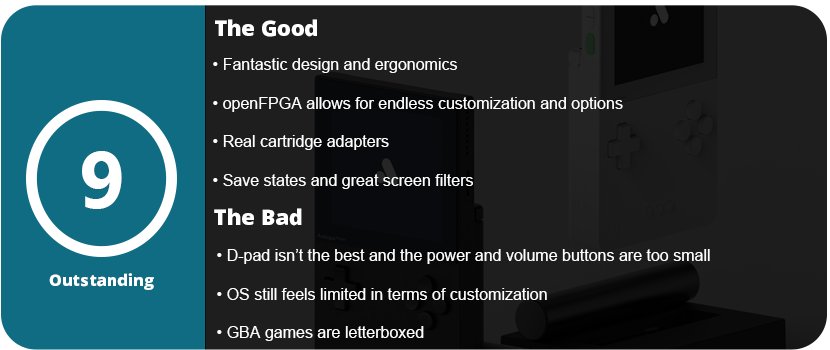

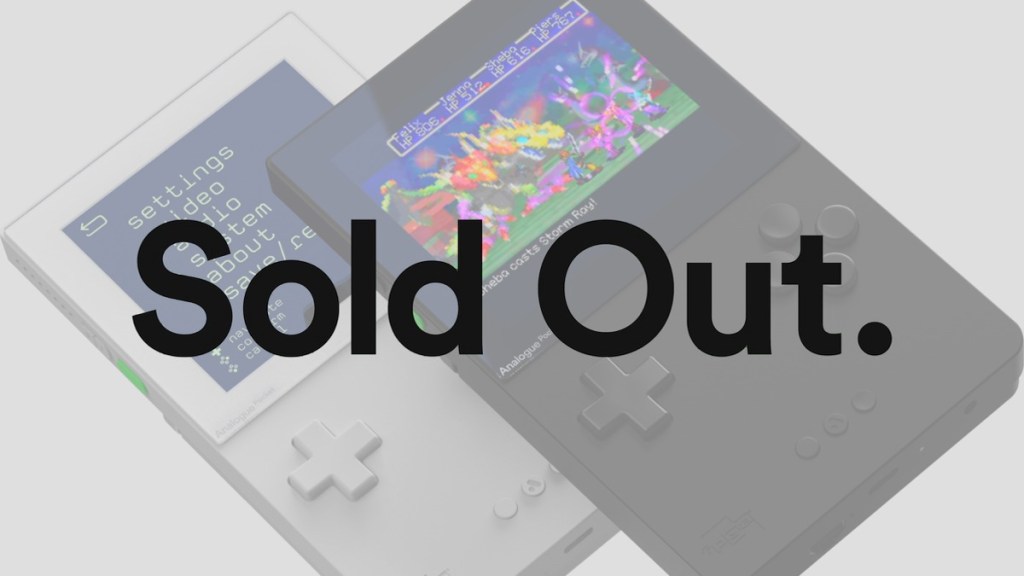
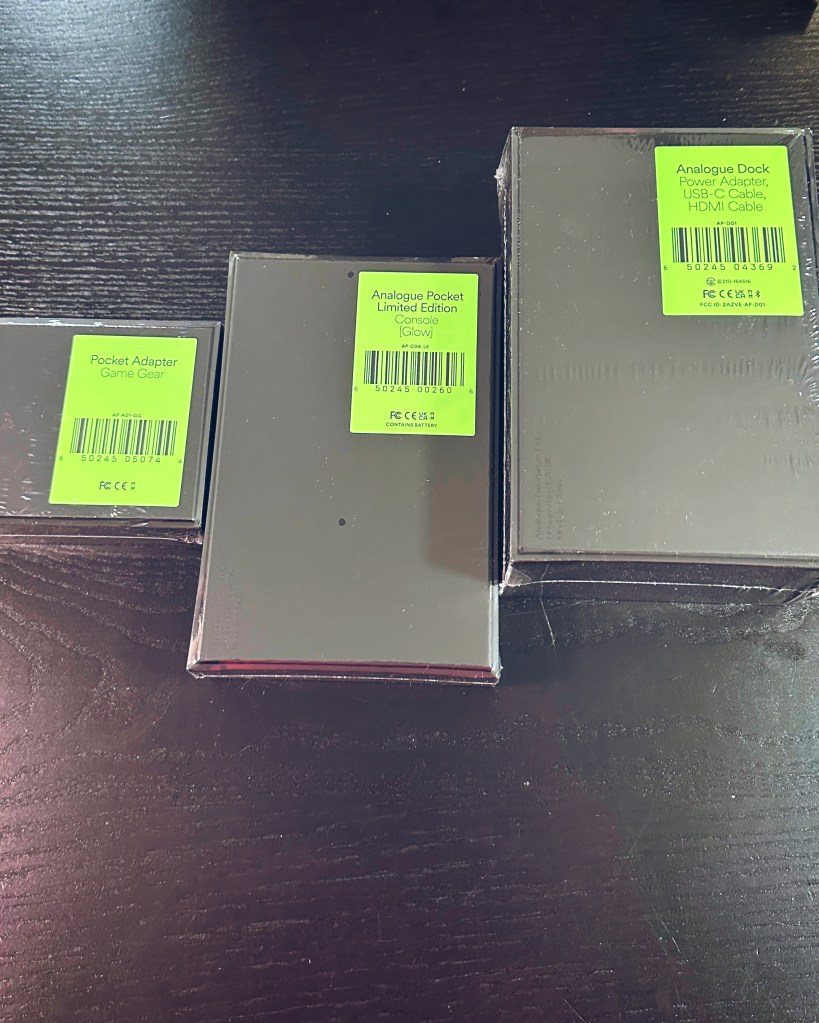

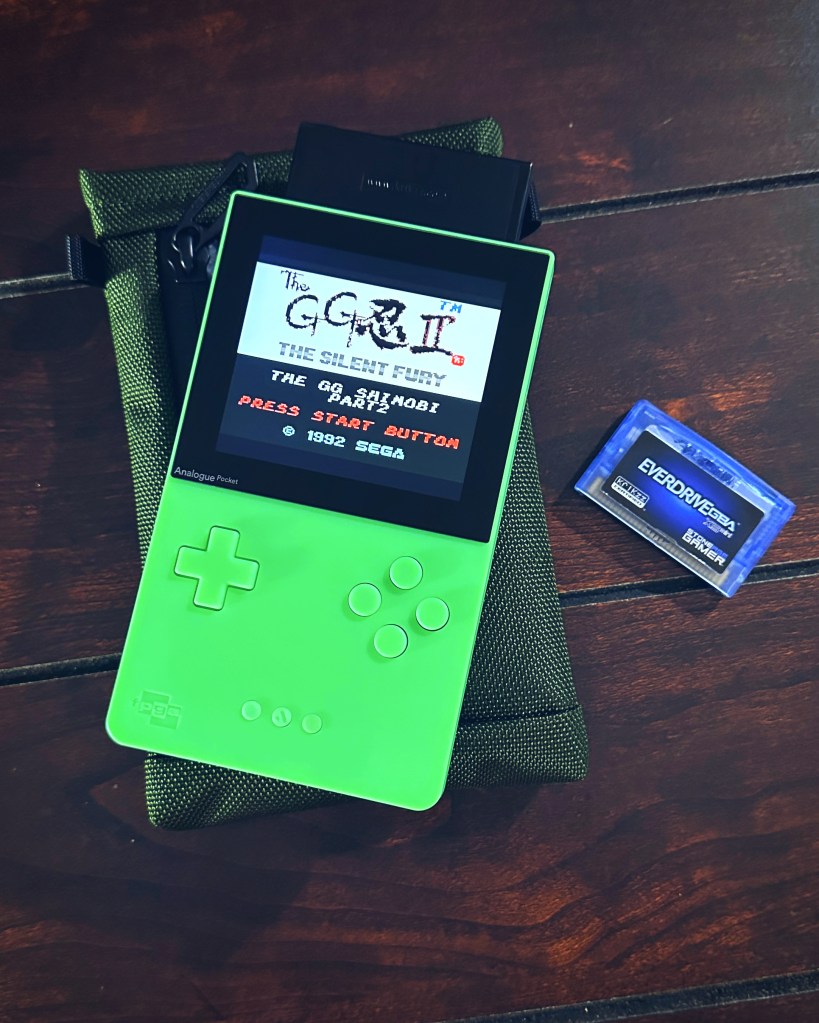
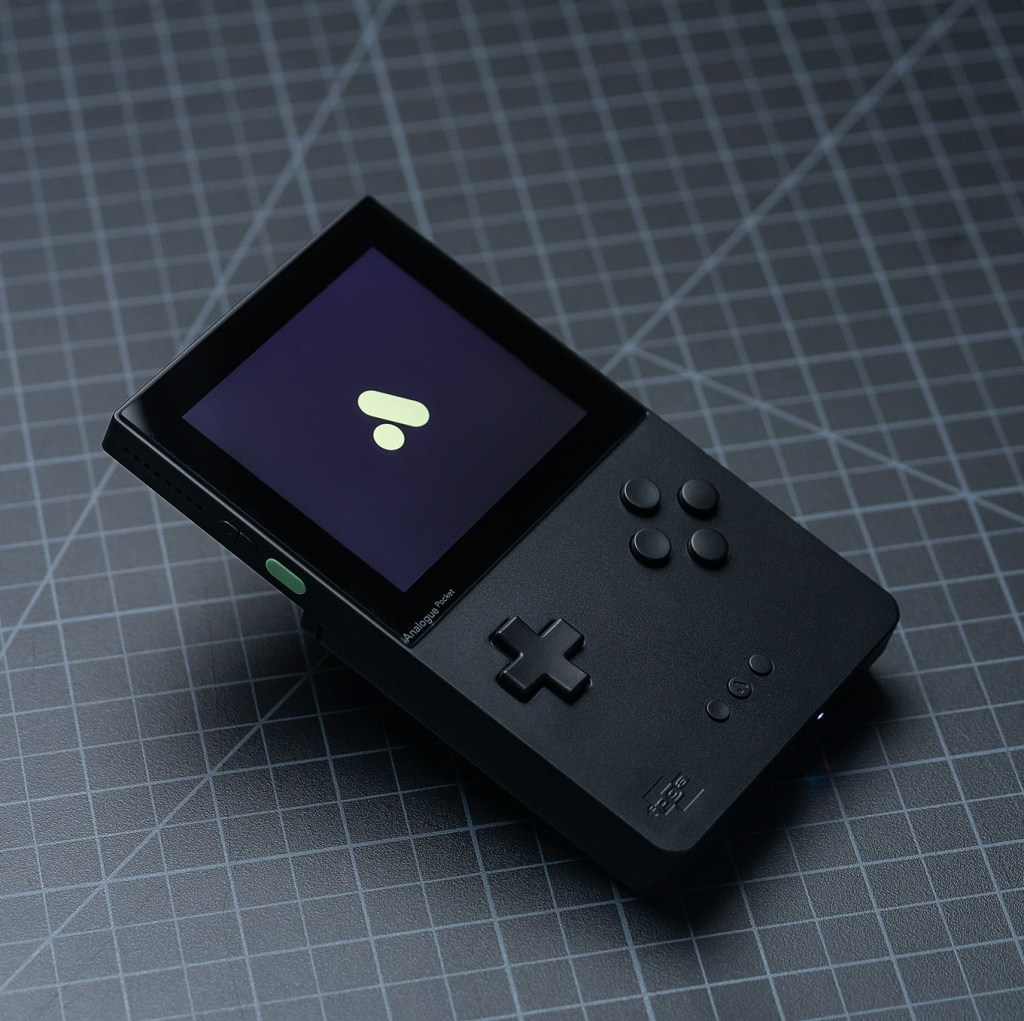
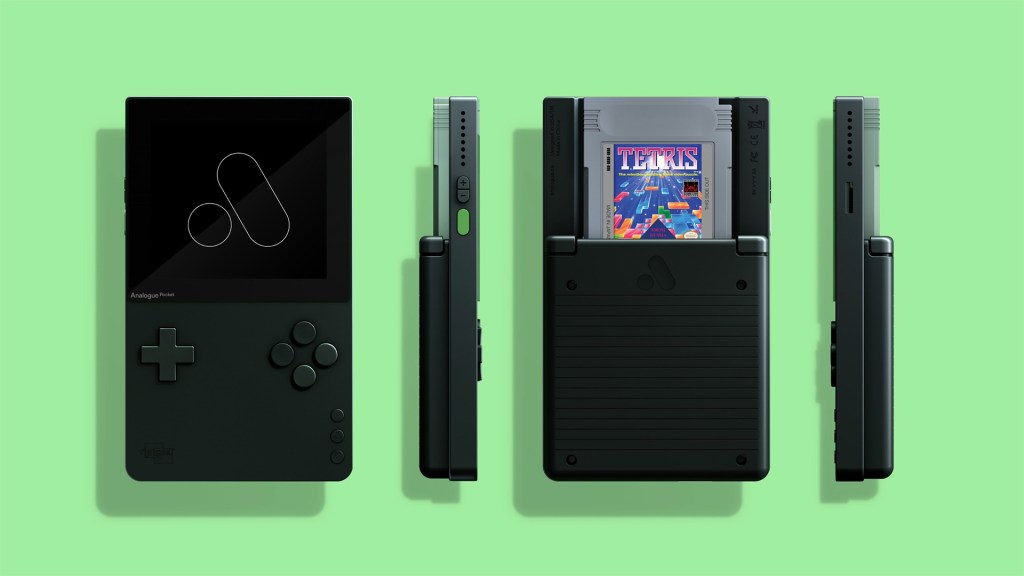


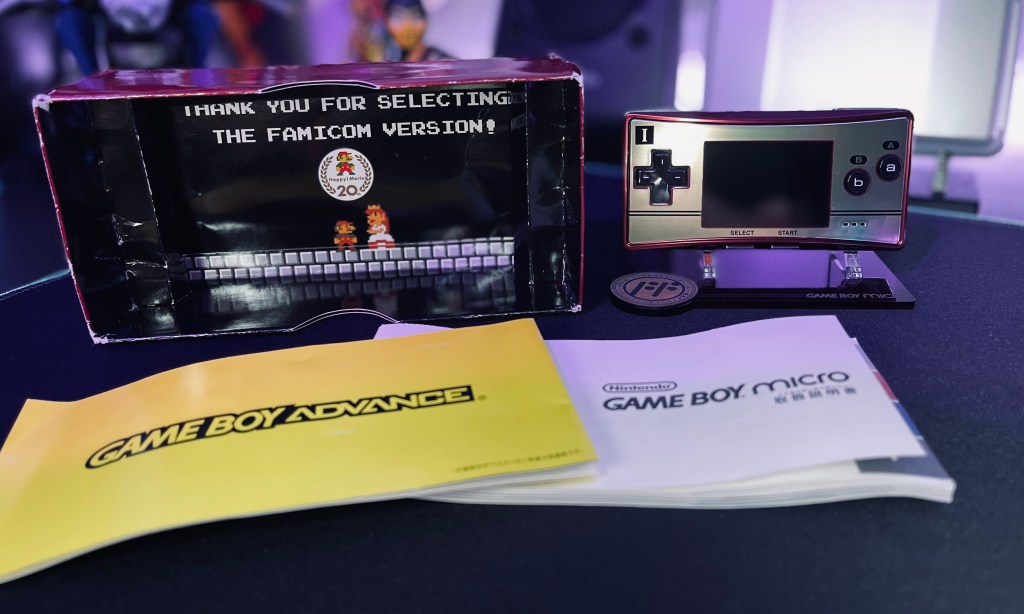

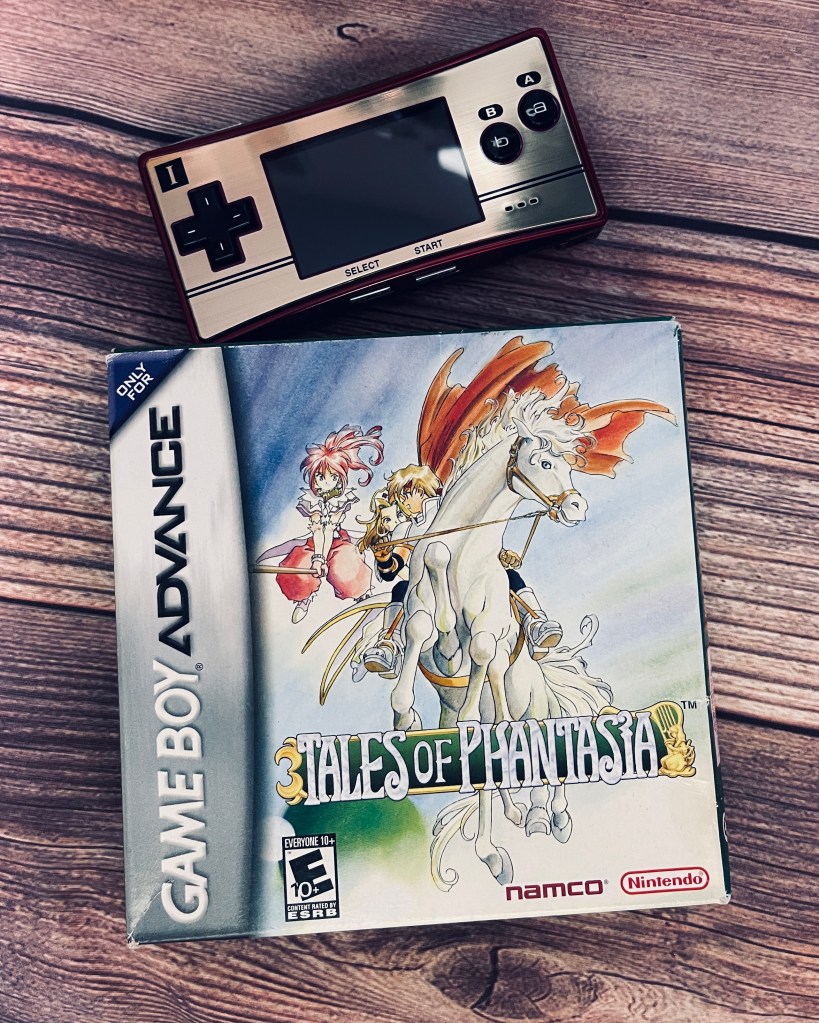
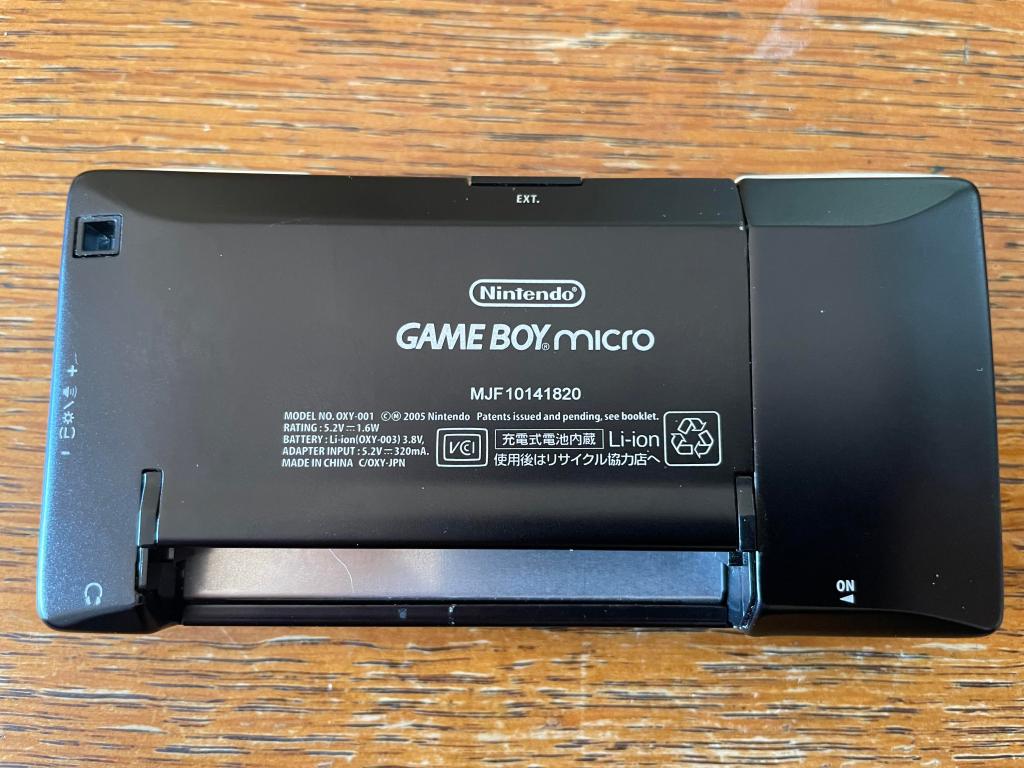
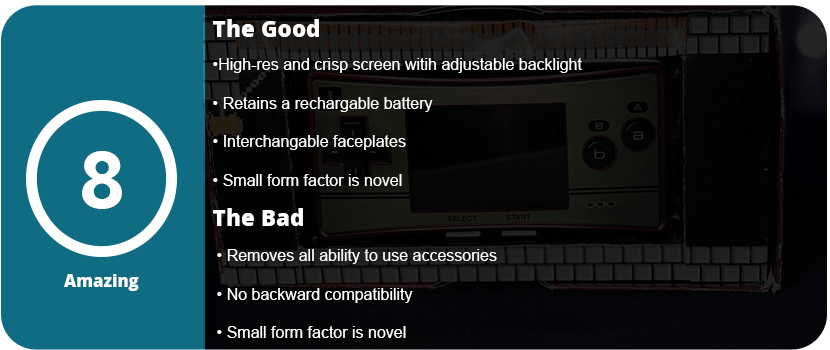
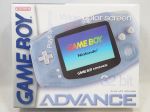
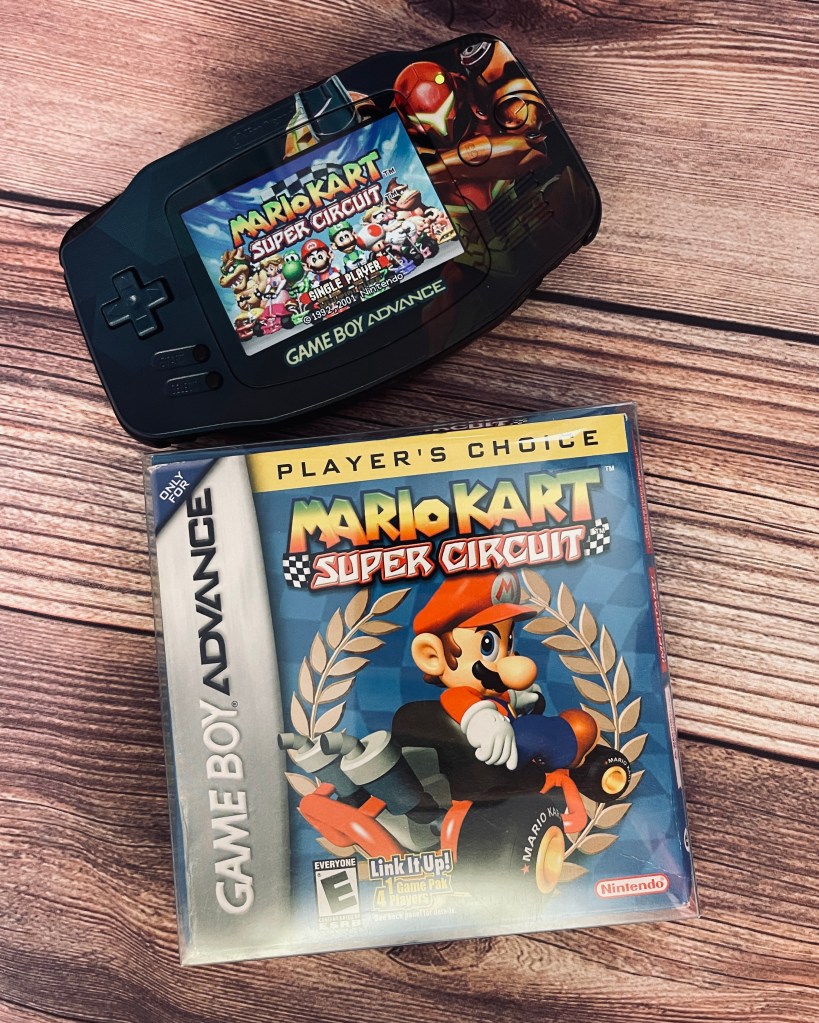
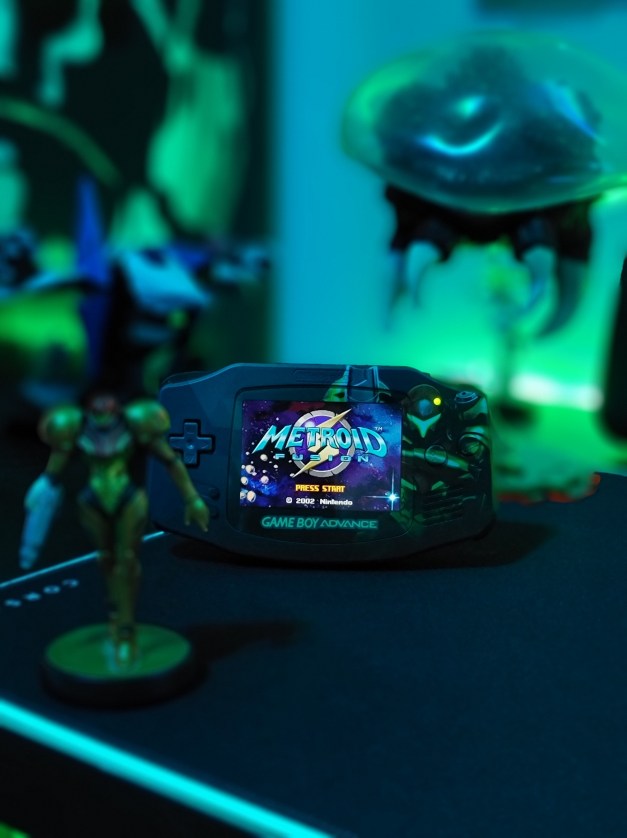
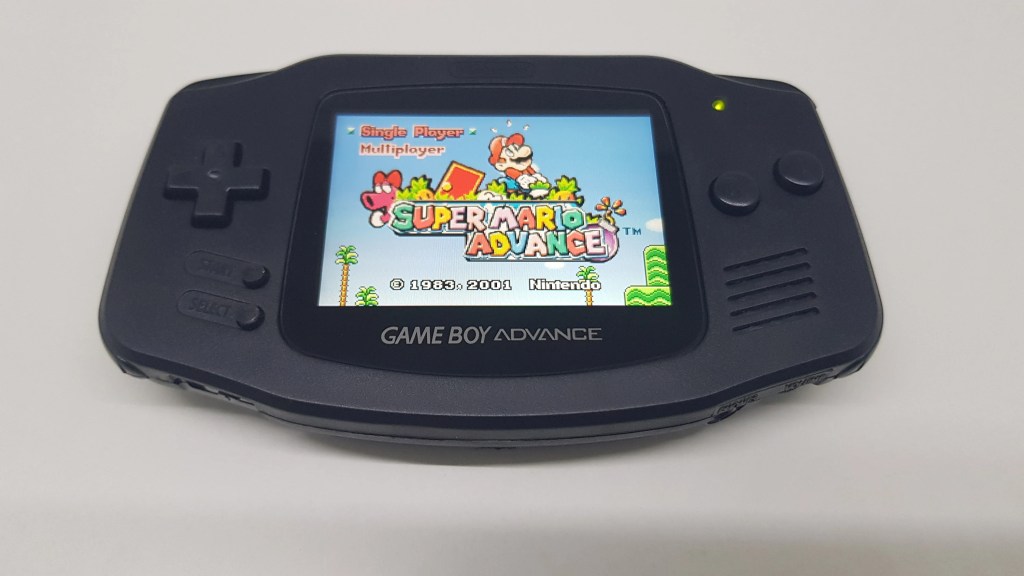

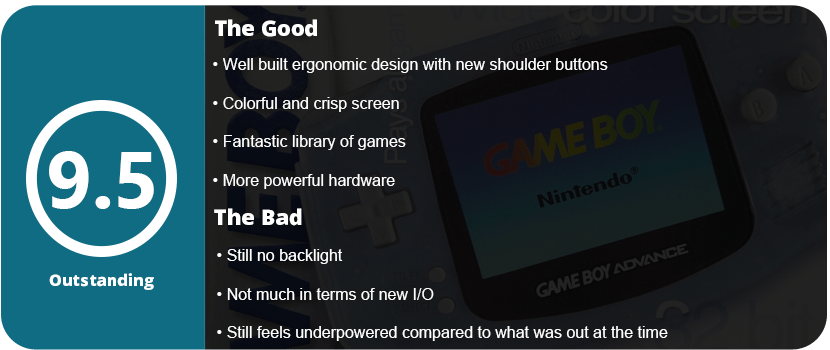
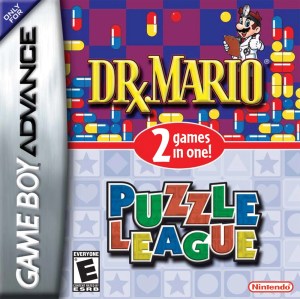
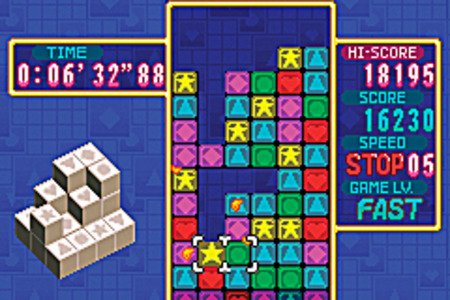


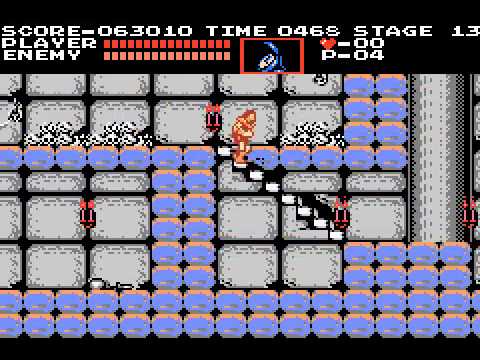

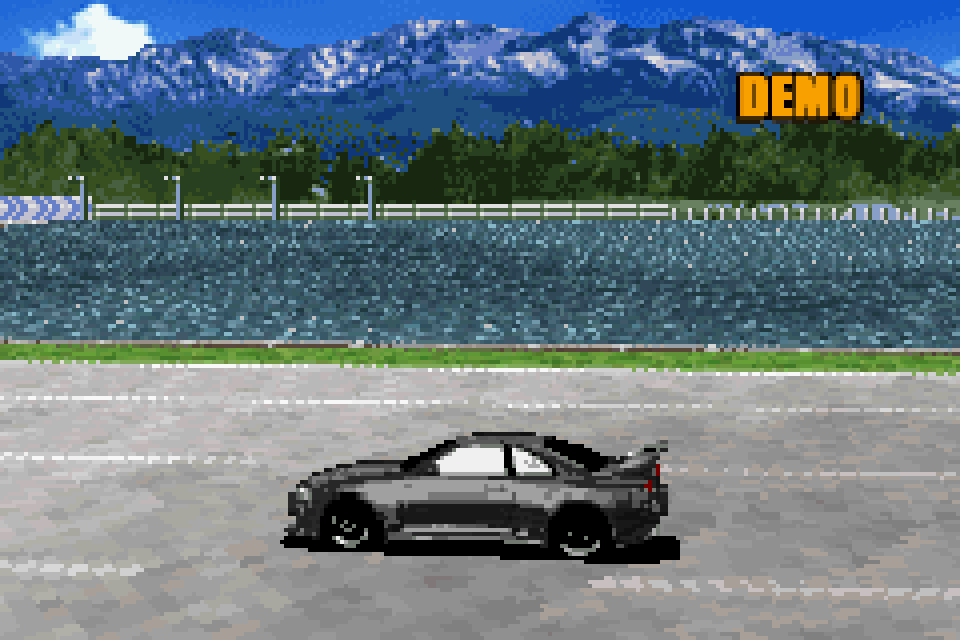

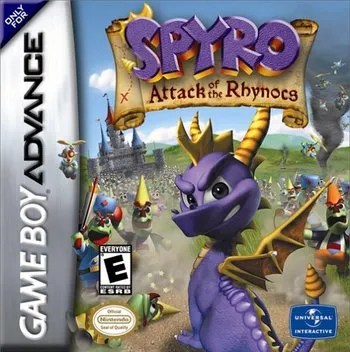


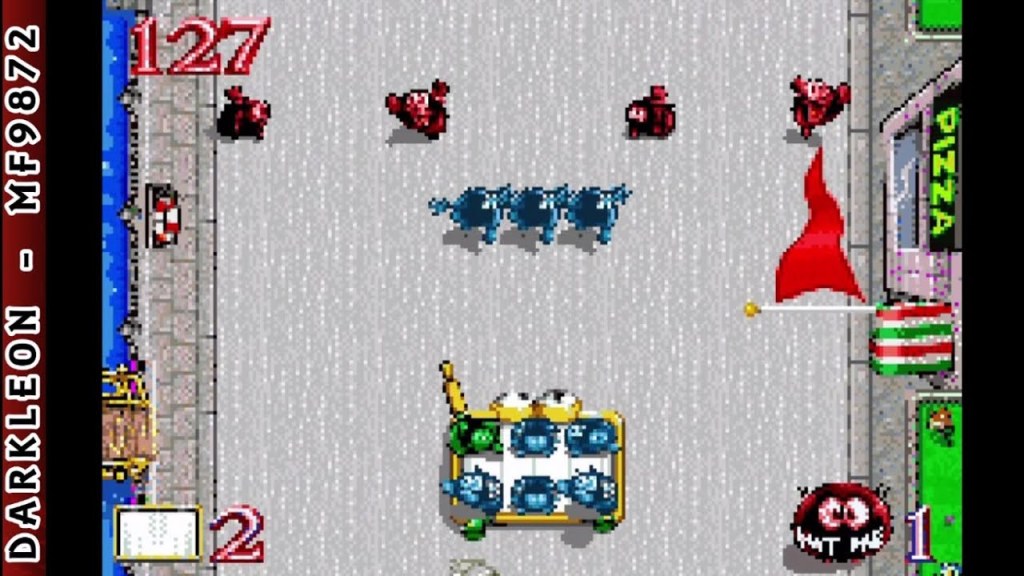
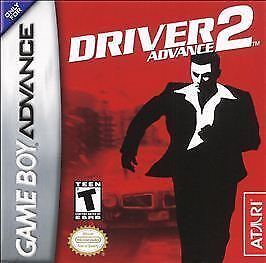
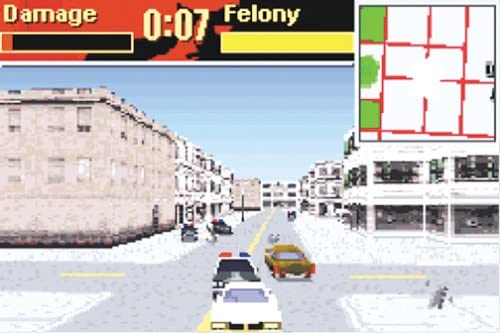


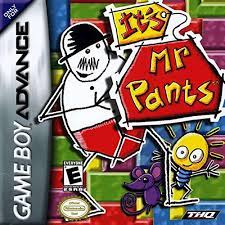

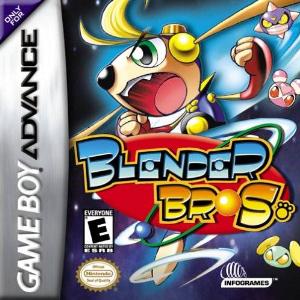




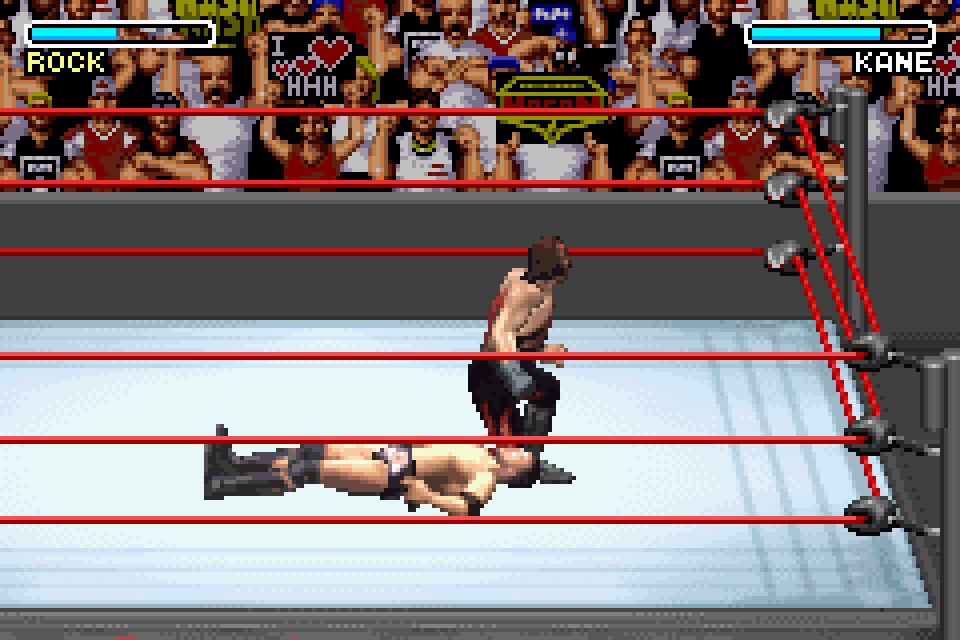
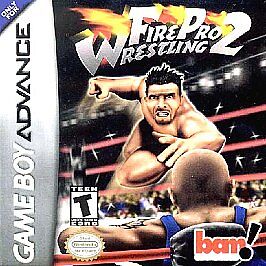

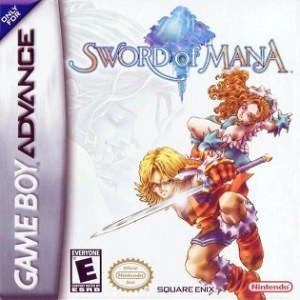

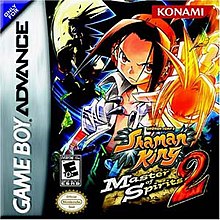

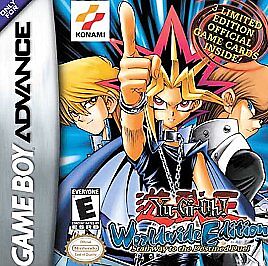

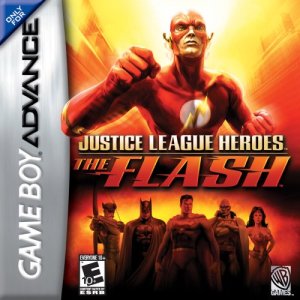
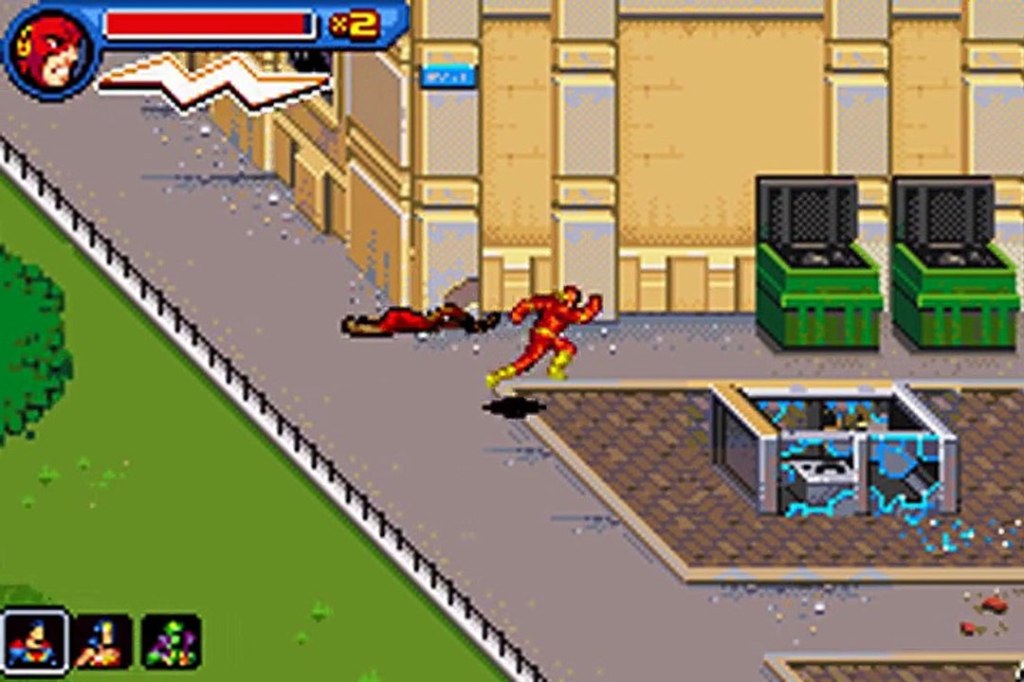


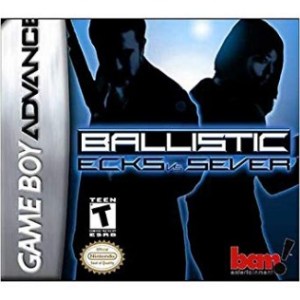

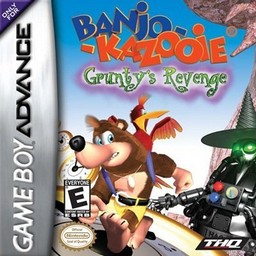

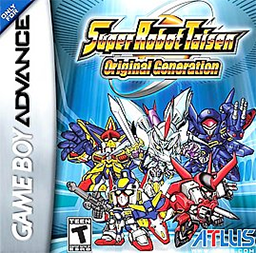
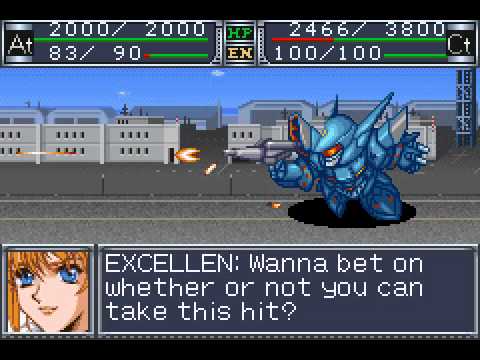

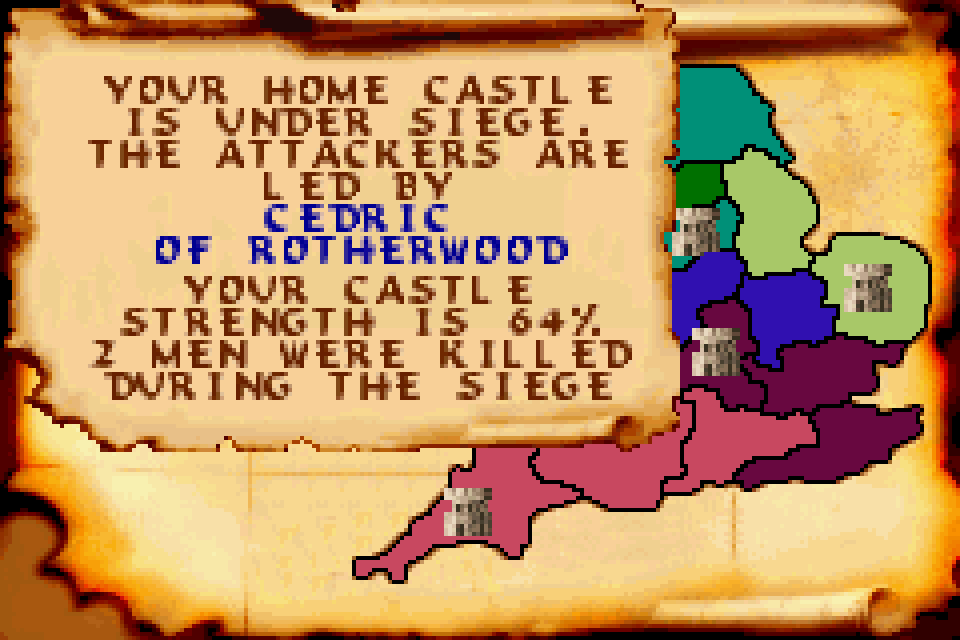

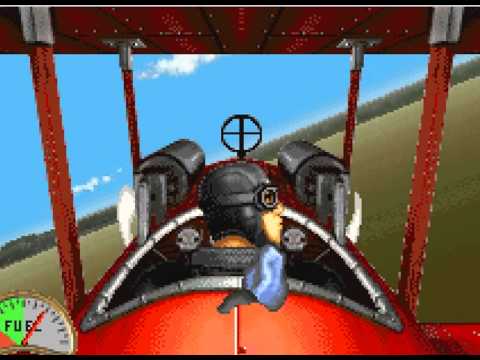
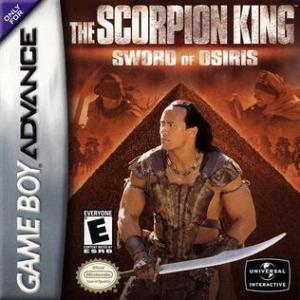
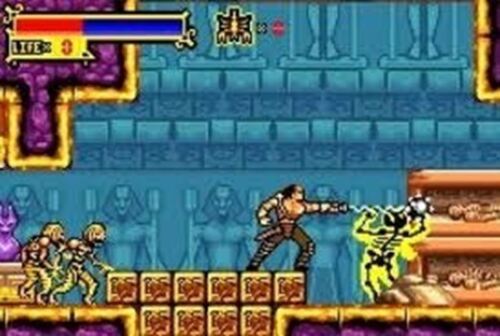

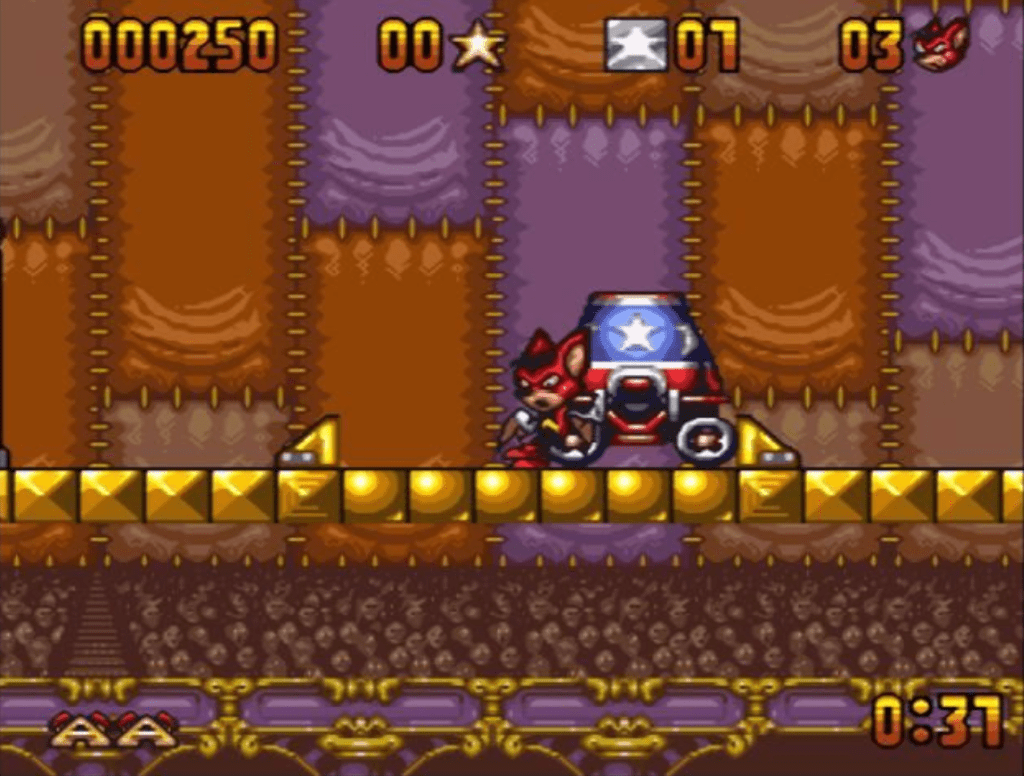
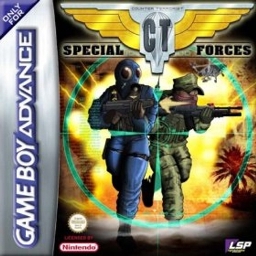


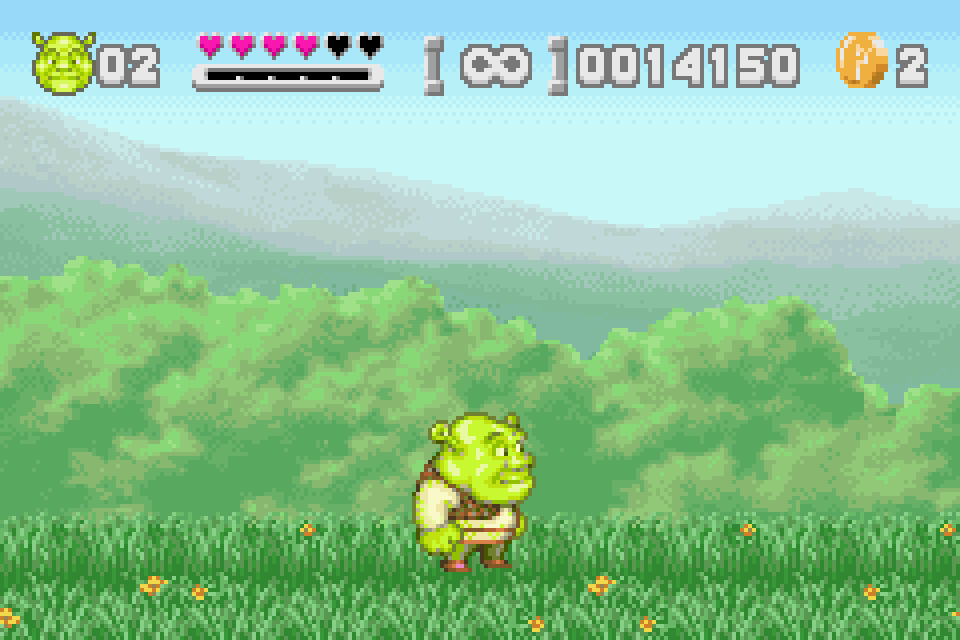
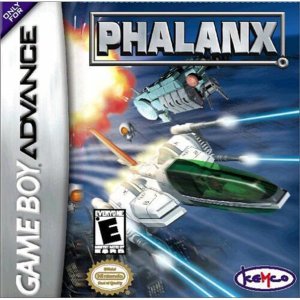
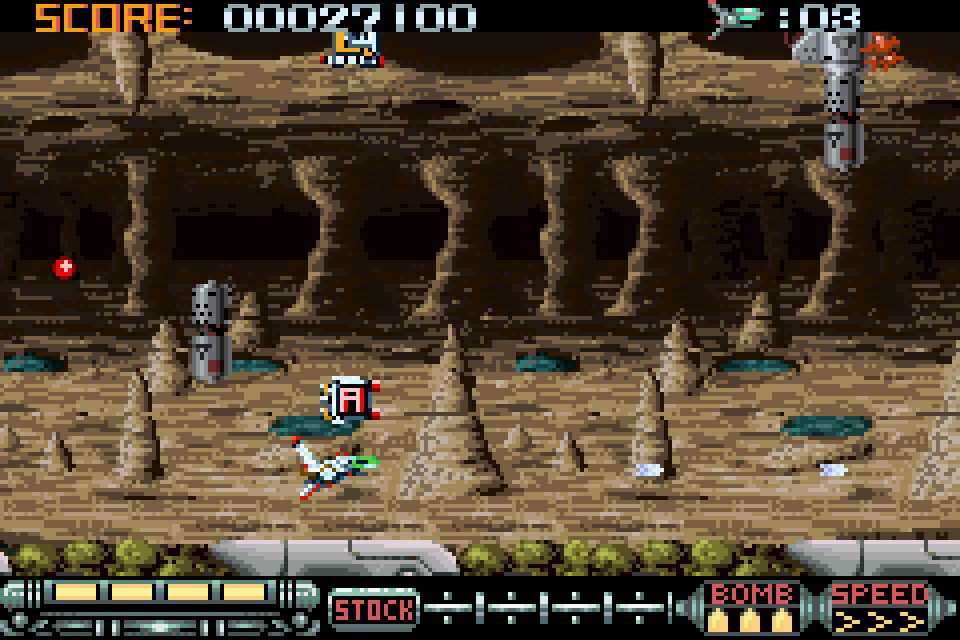
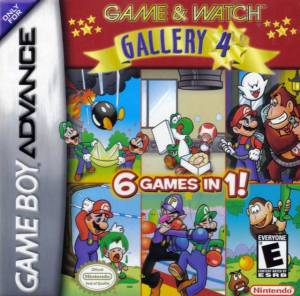
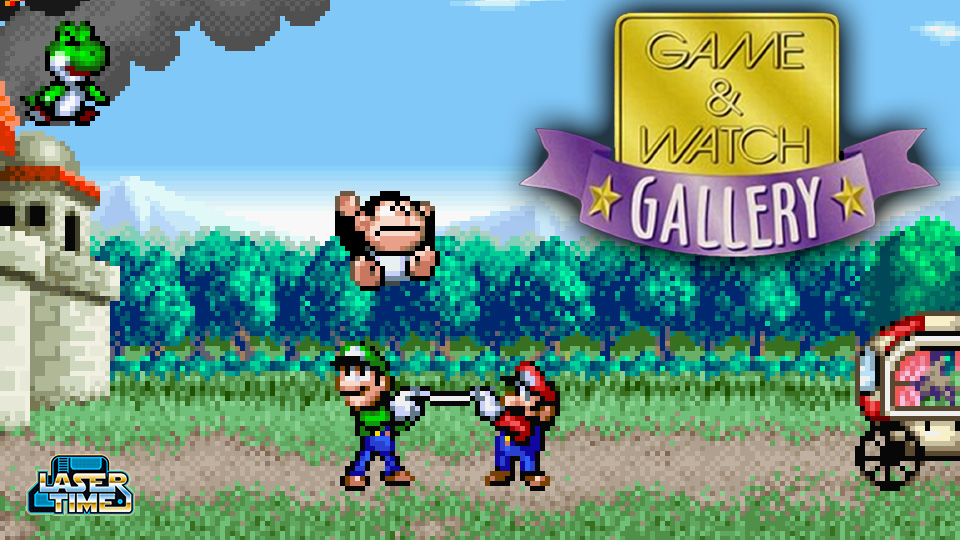
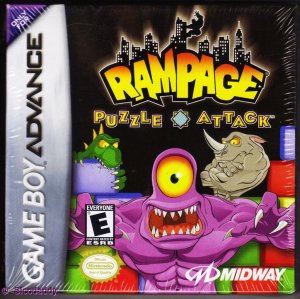
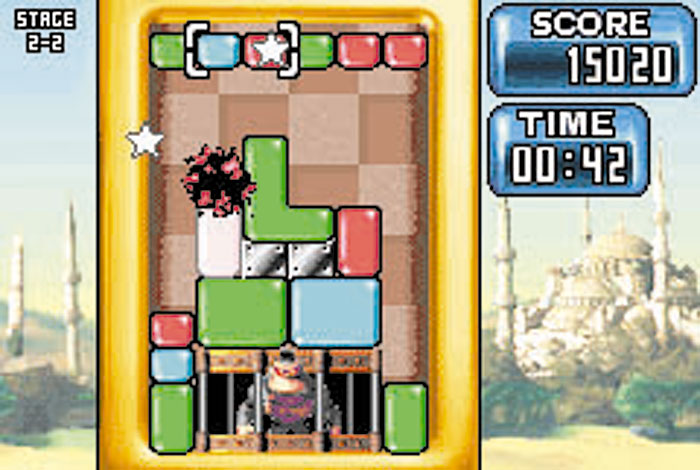

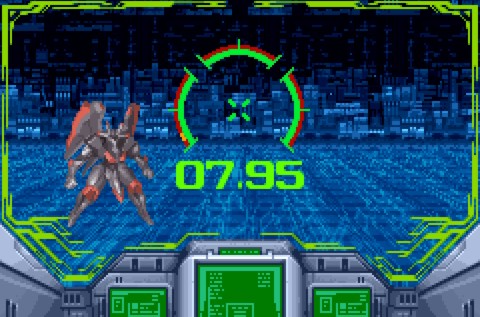

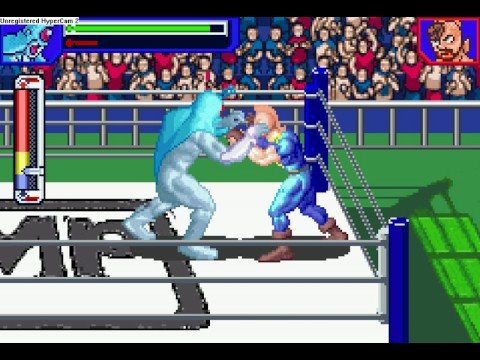
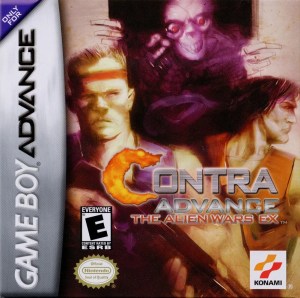
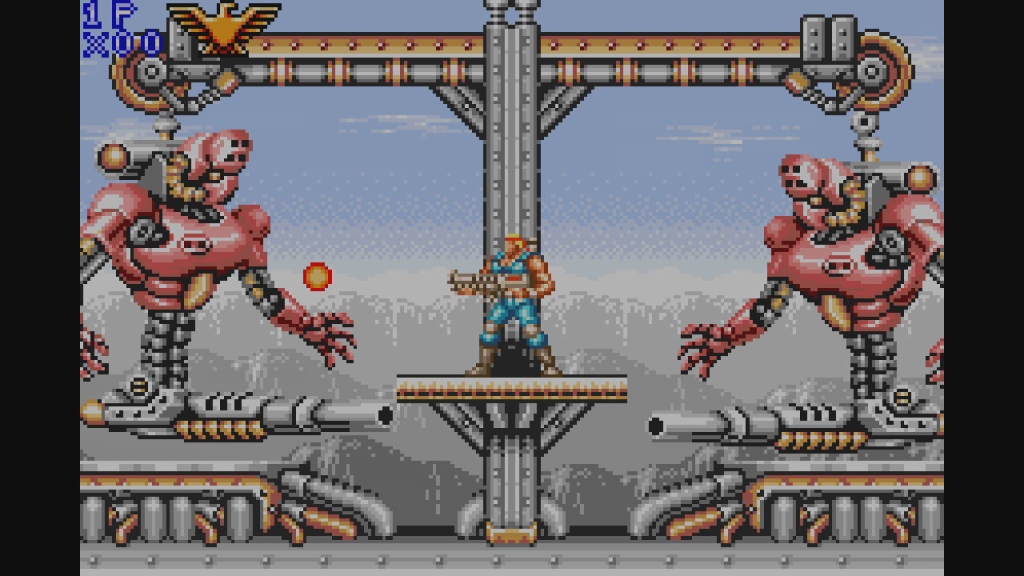
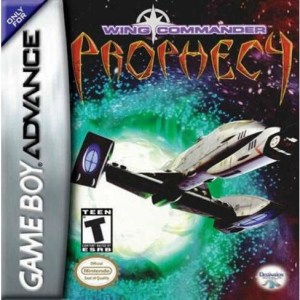
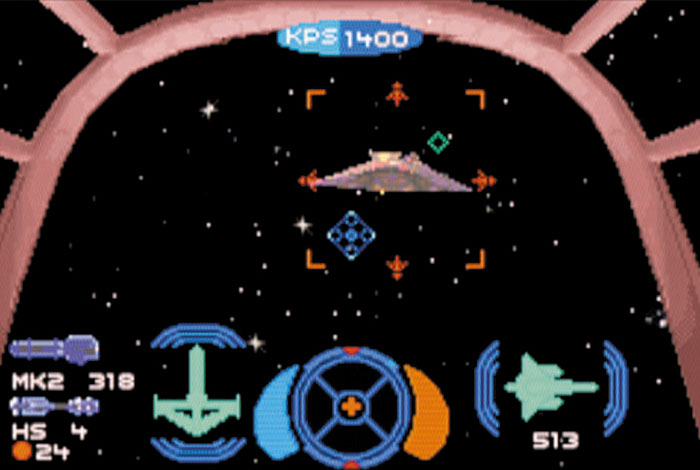

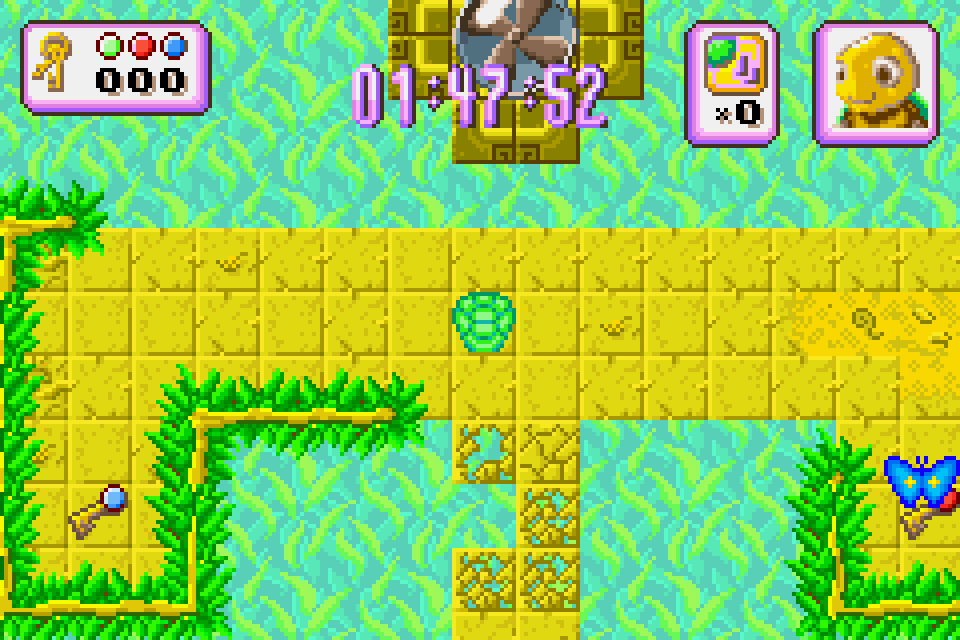
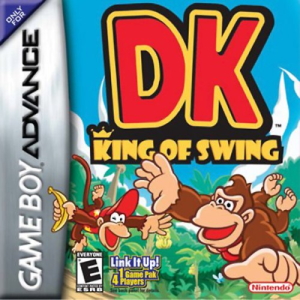
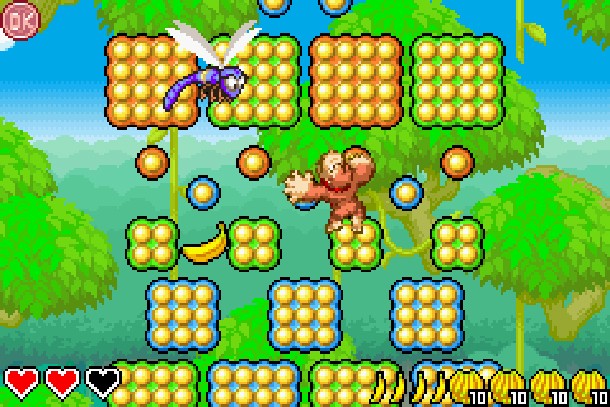


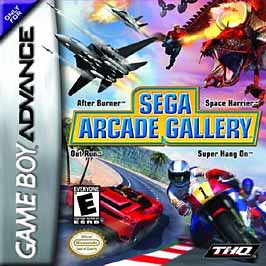
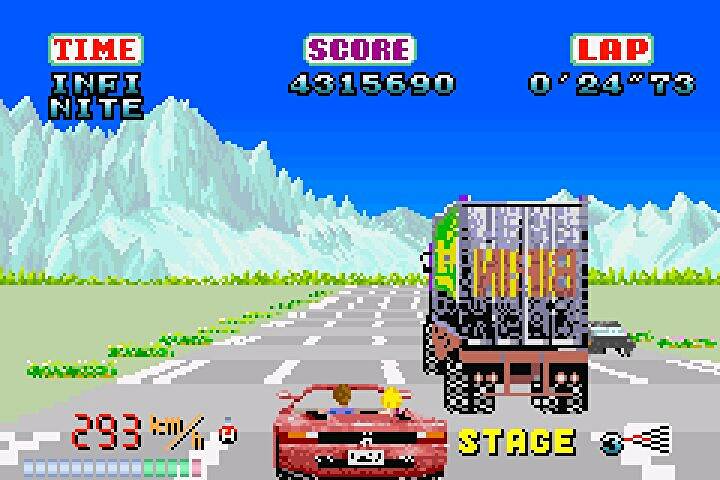


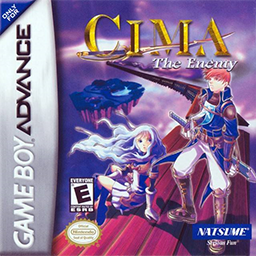
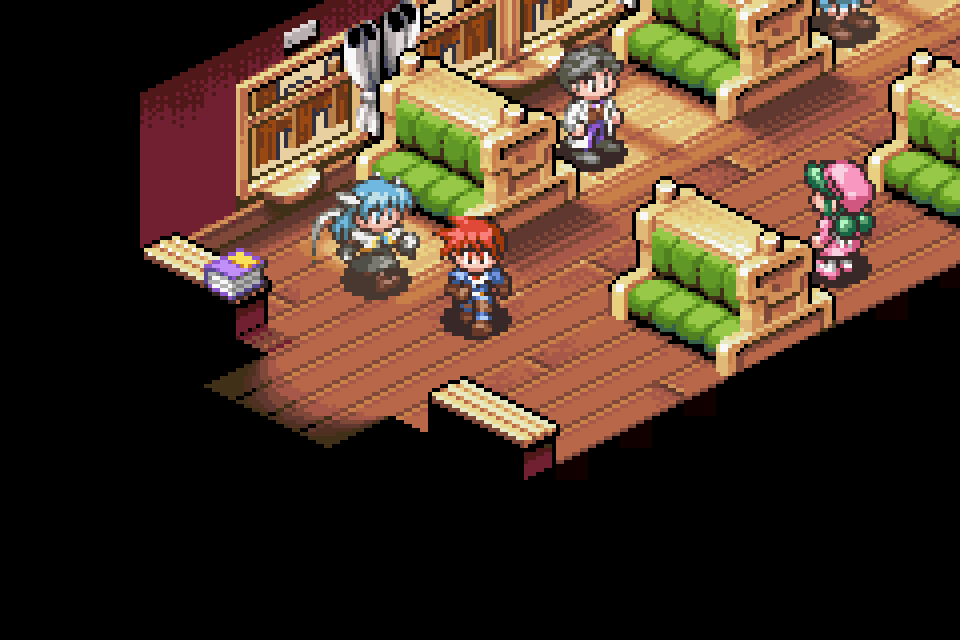
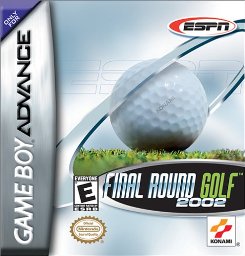
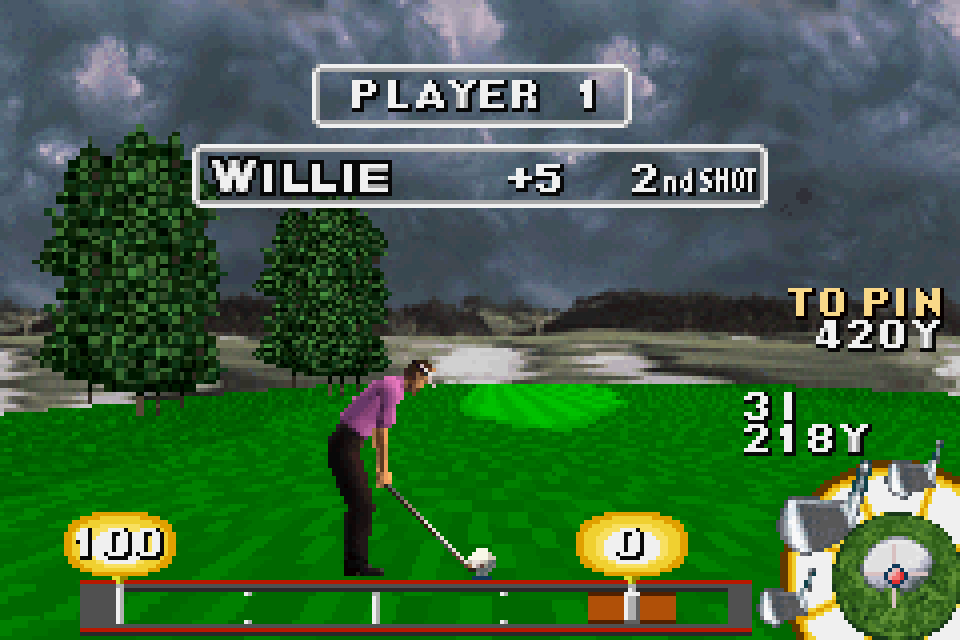



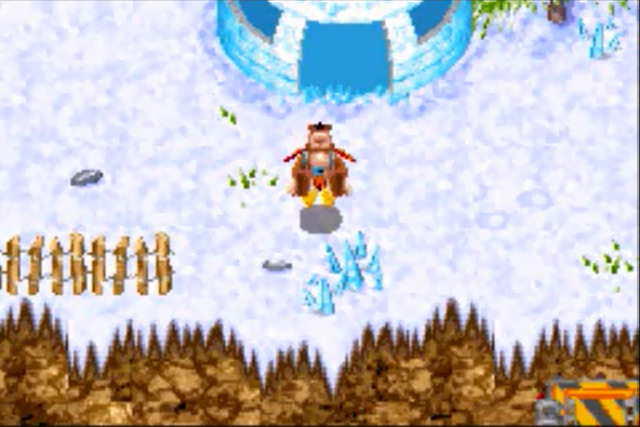
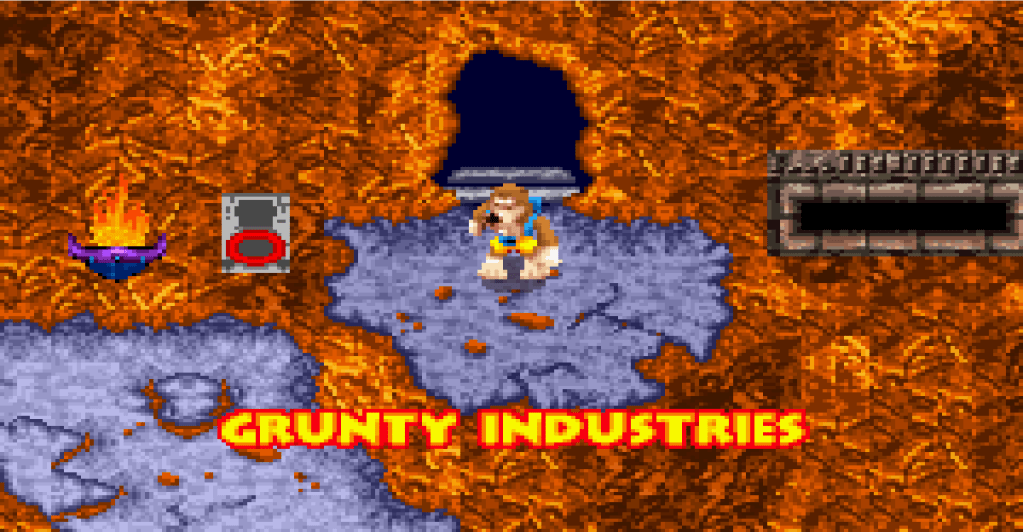
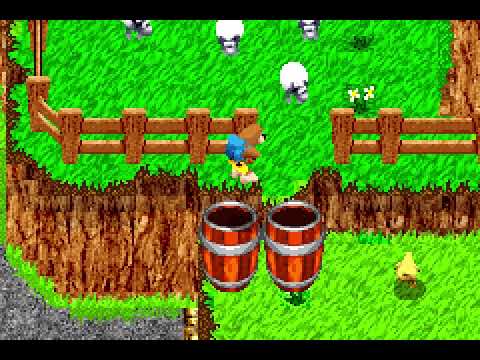














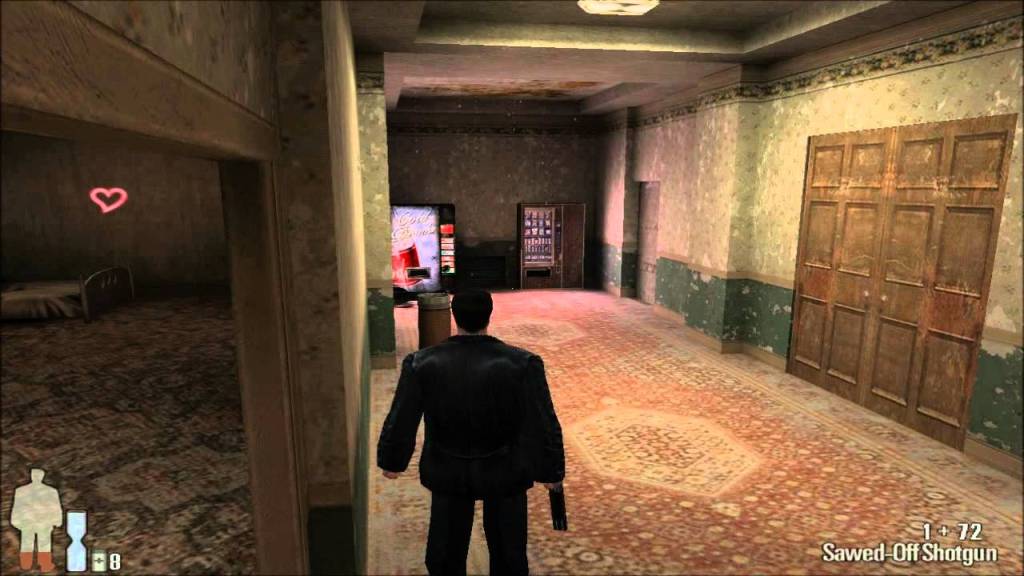
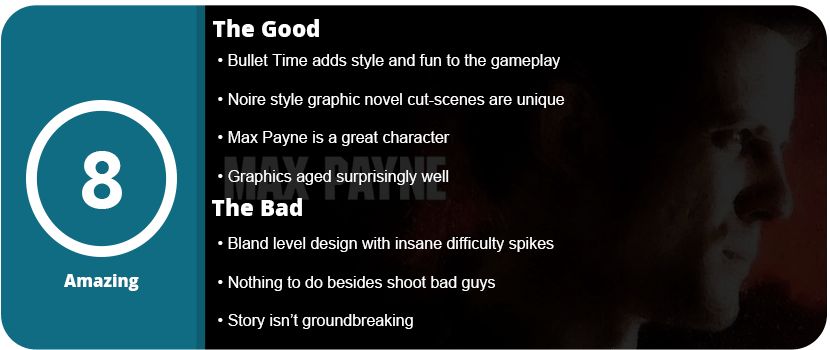




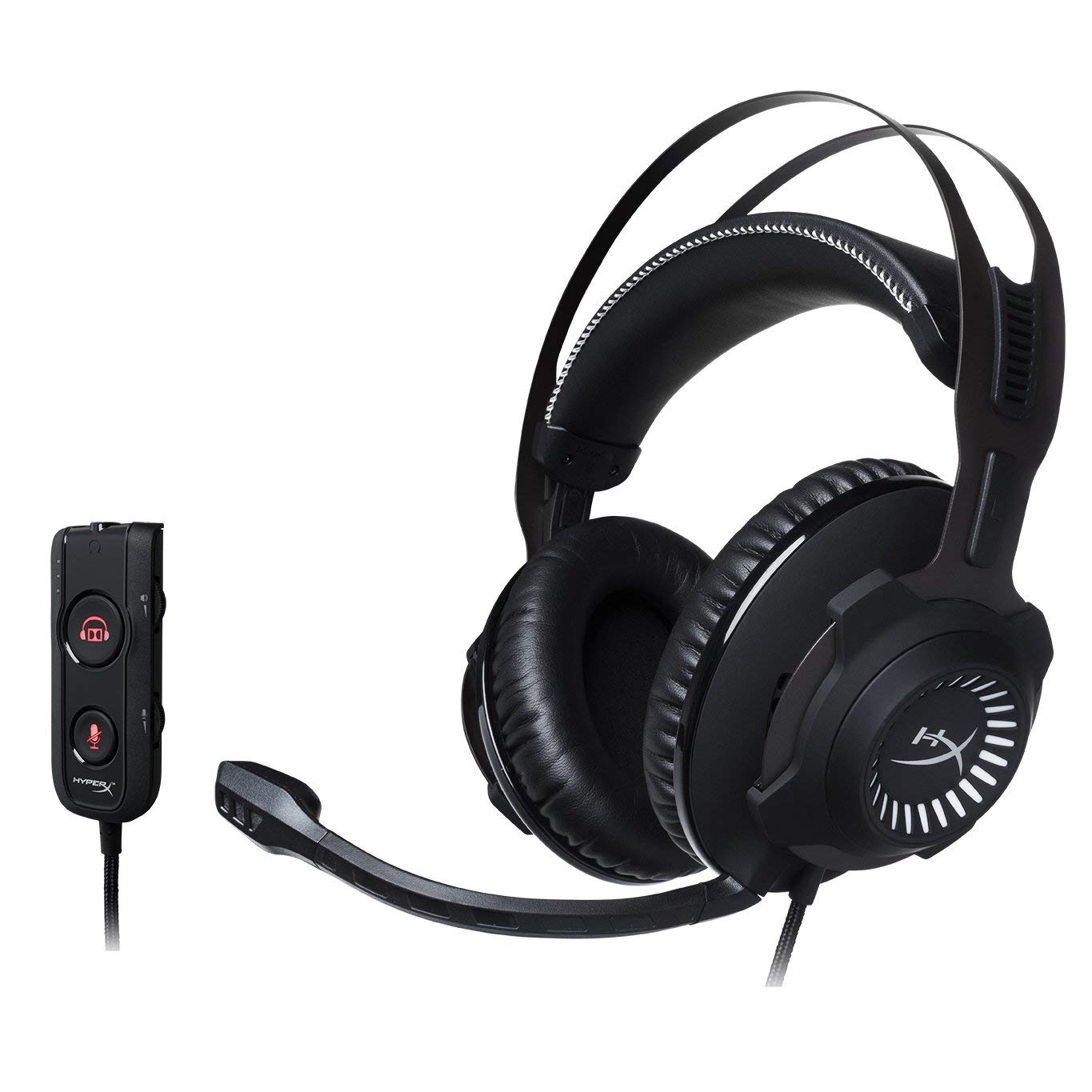


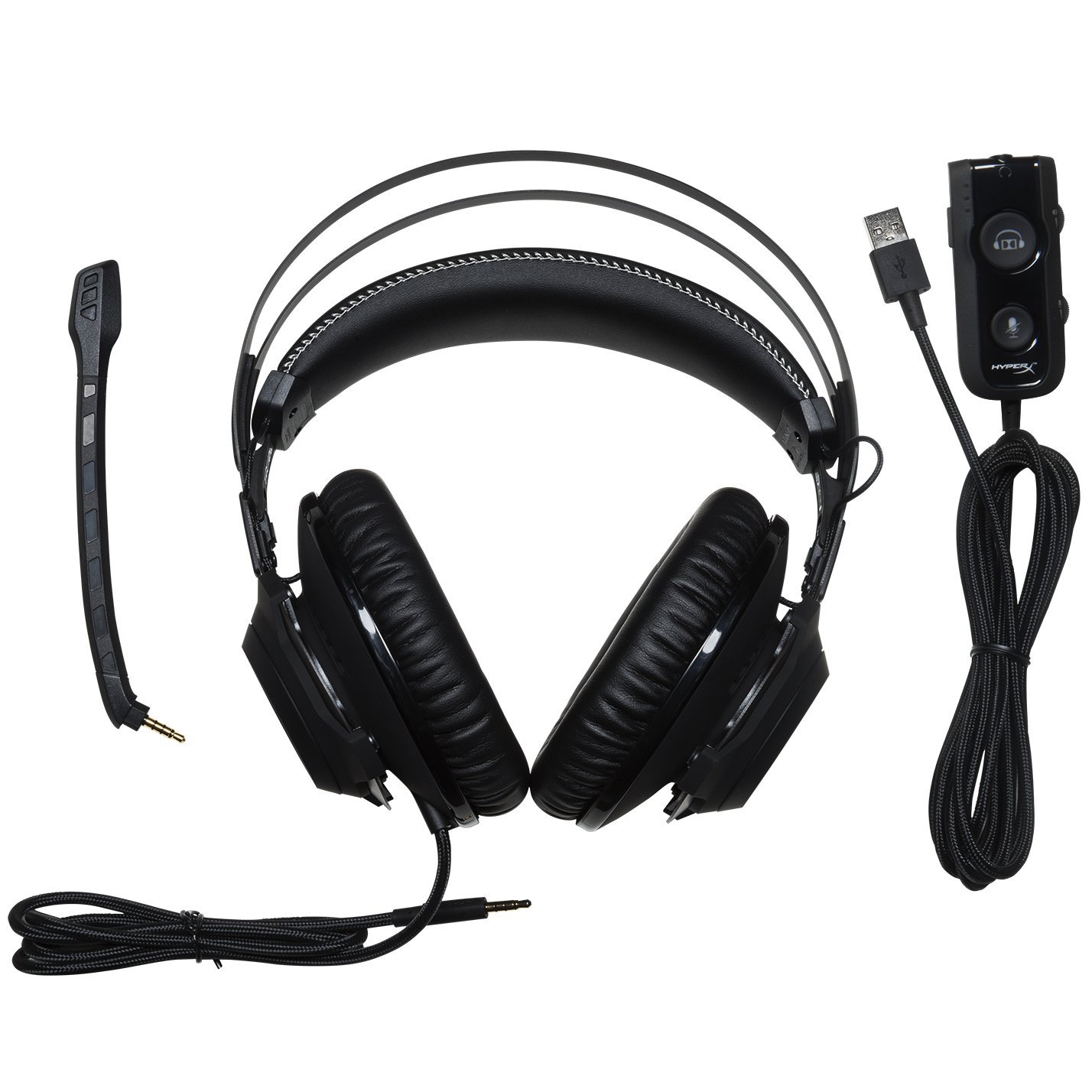
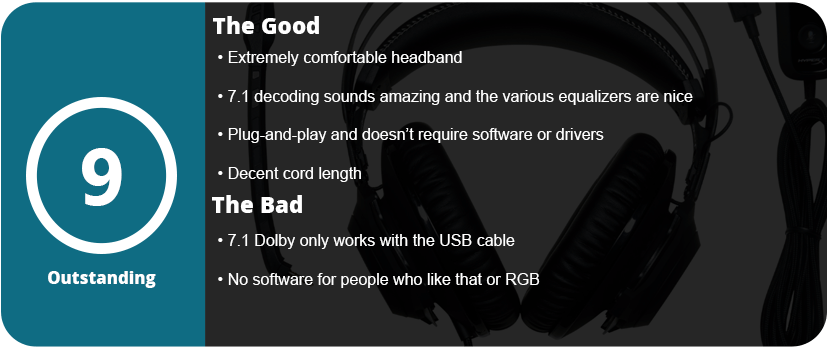






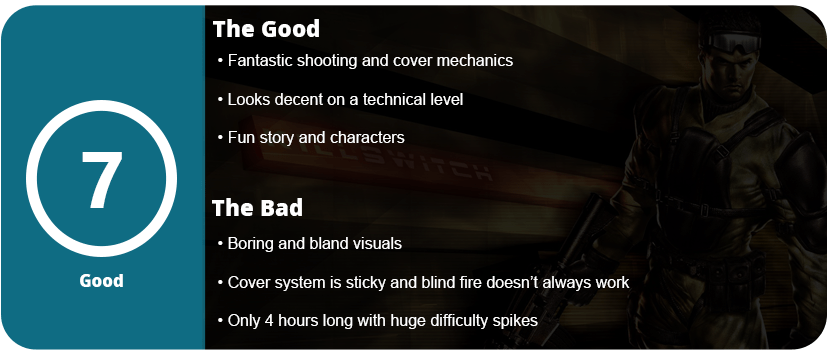



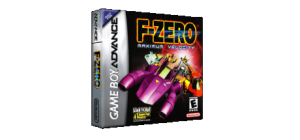

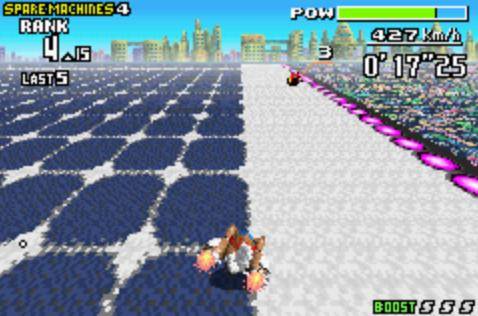

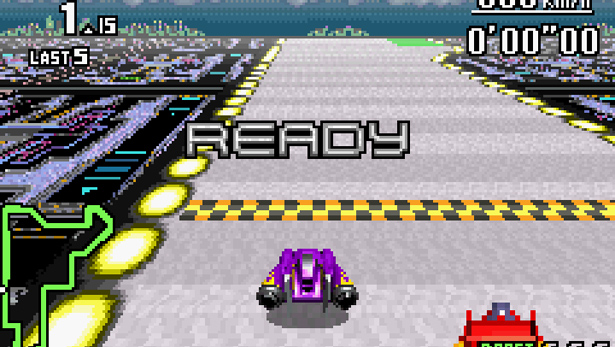



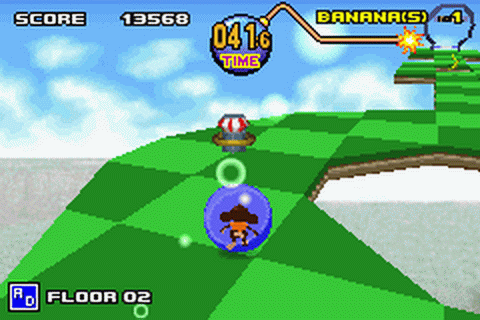


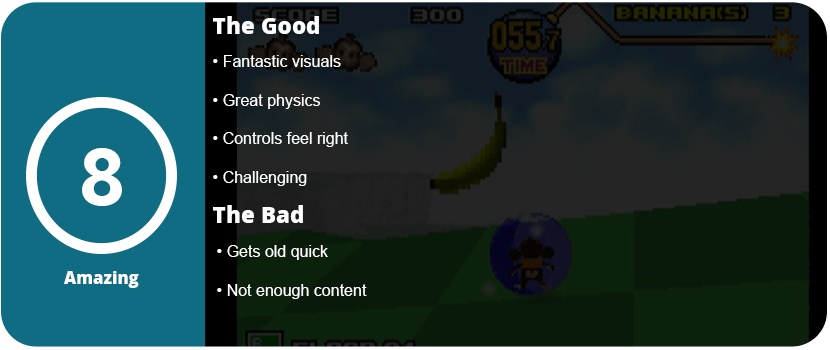








Great post tthankyou